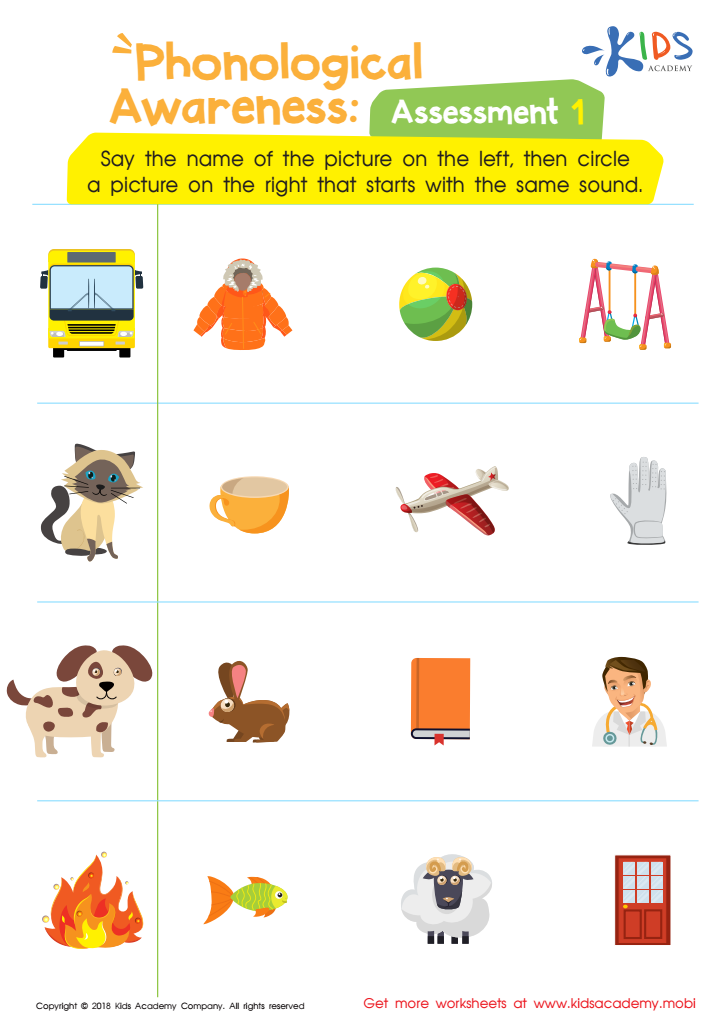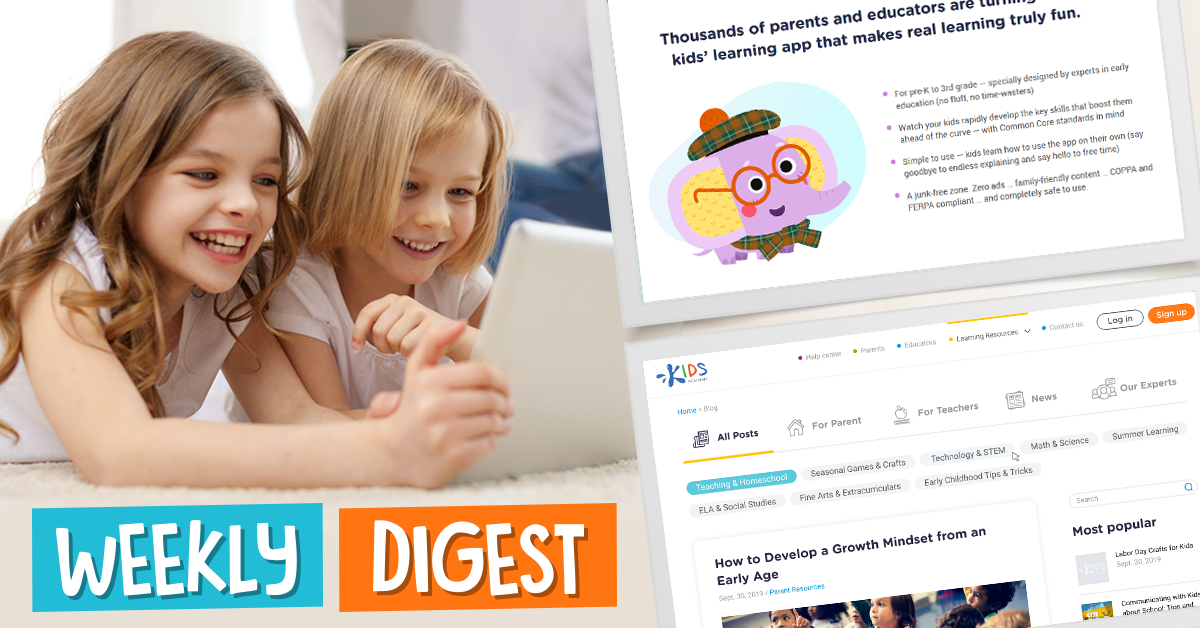Normal Elementary Phonics worksheets activities for 4-Year-Olds
1 filtered results
-
From - To


Phonological Awareness: Assessment 1 Worksheet
Normal Elementary Phonics worksheets activities are an invaluable tool in the foundational stage of literacy development among young learners. These structured exercises are meticulously designed to enhance students' understanding of the relationship between letters and sounds, which is crucial for reading and spelling proficiency.
First and foremost, Normal Elementary Phonics worksheets provide a systematic approach to learning. They gradually introduce new sounds and letter combinations, allowing students to build upon their knowledge incrementally. This step-by-step methodology prevents learners from feeling overwhelmed, fostering a positive learning environment where they can thrive.
Moreover, these activities are incredibly versatile, catering to various learning styles. Whether a child learns best through visual cues, repetition, or hands-on activities, phonics worksheets offer something for everyone. This versatility ensures that each student can engage with the material in a way that best suits their individual learning preferences, thereby maximizing their educational gains.
Engagement is another key benefit of Normal Elementary Phonics worksheets activities. They often include fun and interactive elements such as matching games, puzzles, and coloring exercises, which make learning feel more like play. This not only keeps students motivated but also reinforces their phonics knowledge through repeated practice in an enjoyable context.
Additionally, these worksheets facilitate progress monitoring, allowing educators and parents to track a child's development over time. By observing how students handle different phonics challenges, adults can identify areas of strength and weakness, tailoring instruction to meet each child's specific needs.
Finally, Normal Elementary Phonics worksheets lay a solid foundation for future literacy skills. By mastering the basics of phonics early on, students are better prepared for more complex reading and writing tasks. This early proficiency can boost confidence and encourage a lifelong love of learning.
In summary, Normal Elementary Phonics worksheets activities are a critical component of early literacy education. Their systematic, versatile, engaging, and informative nature makes them an indispensable tool in teaching young learners the essential skill of phonics.

 Assign to the classroom
Assign to the classroom












